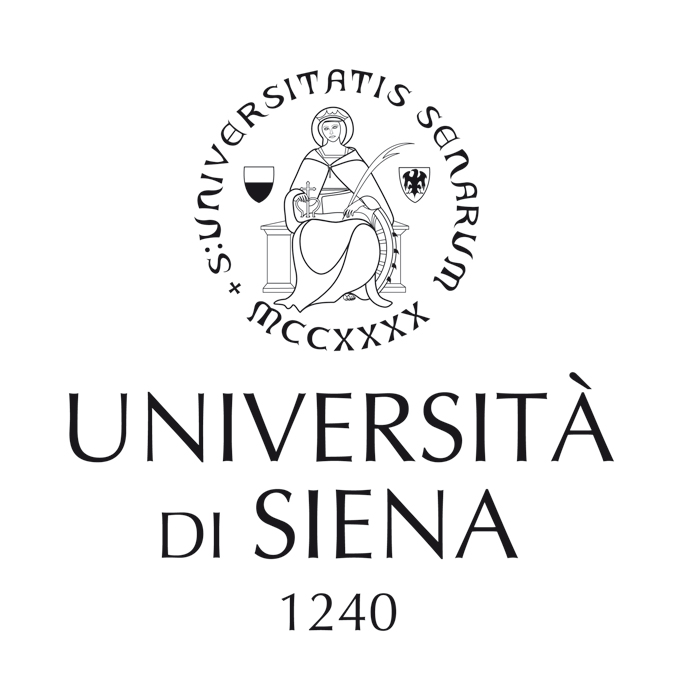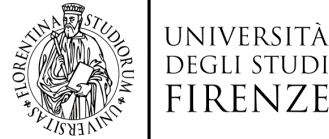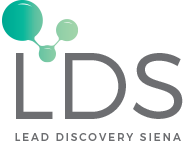-
In the Laboratory of Molecular Medicine research is carried out on the cellular and genetic mechanisms related to the musculoskeletal system. In particular, it studies the organization of the sarcoplasmic reticulum and its relationship with the contractile apparatus, the mechanisms of action connected to the proteins involved in the release of calcium from the sarcoplasmic reticulum, the proteins connected to the cytoskeletal myofibrils (e.g. costameric proteins such as dystrophin). In addition, the genetic mutations responsible for the structural and functional organisation of skeletal muscle fibers, which are involved in genetic diseases (e.g. malignant hyperthermia, central core diseases and new forms of muscular myopathy and muscular dystrophy), are investigated.
-
Via A. Moro, 2 - 53100 - Siena"API (Active Pharmaceutical Ingredients) Design and Synthesis Laboratory is involved in research and development of innovative sustainable processes for the preparation of pharmaceutical active ingredients, development of low environmental impact procedures to be applied to the production of drugs, consulting and development of ""non-improving"" synthetic methods for the production of drugs aimed at the generic market. The laboratory has at its disposal microwave reactors, flow synthesizers, HPLC, HPLC /MS and other standard analytical instruments of organic synthesis."
-
"The Laboratory of Molecular Magnetism (LaMM) studies the magnetic properties of chemical compounds at the molecular level, through magnetic measurements to obtain structural information, and the design, synthesis, chemical-physical characterization and modelling (using sophisticated computational techniques) of magnetic materials. LAMM is involved in many fields of molecular nanomagnets, from the exploration of quantum capabilities of the simple molecular system, to the development of new single molecule magnets, up to the synthesis and characterization of nanoparticles. In addition, the laboratory is now an important international centre of surface materials. The main lines of research are molecular nanomagnets, magnetic nanoparticles (applications for theranostics and sensors), computational chemistry, nanostructured systems and architectures, coheren molecular spin.
-
Lead Discovery Siena (LDS) is a startup providing tools and expertise to develop drug discovery programs, offering pharmaceutical services for industry and academia. It has a diversified pipeline of in licensed and proprietary products for oncology and infections therapeutic areas, including rare diseases. LDS focus is to foster the design and development of early drug discovery campaigns up to pre-clinical phases, exploiting its expertise in pharmaco-kinetics and -dynamics, solubility and permeability issues, toxicity and side effects, computational chemistry, custom synthesis, ADME tests. LDS offers also services as integrated medicinal chemistry services, a wide range of biological services, specific expertise in anticancer agent bioconjugation with antibodies. LDS actively participates to national and international projects, with a special attention to local synergies at industrial and academic level within the life science area.
-
Magnetic Resonance Center (CERM) is an infrastructure in the field of structural biology in general and life sciences in particular. It is a laboratory of national and international importance, specialized in structural investigations through nuclear magnetic resonance spectroscopy (NMR). The Centre specialises in structural biology, molecular biology, design and development of new drugs, metabolomics and bioinformatics, and houses some of the most advanced NMR high-field instrumentation in the world (up to 950 MHz) for the spectroscopic and biophysical characterization of biological systems, alongside molecular biology laboratories and biophysical instrumentation. CERM is the Italian node of the pan-European ESFRI Instruct infrastructure (www.structuralbiology.eu) as a reference for the development and application of NMR spectroscopy in the field of integrated structural biology and molecular systems biology.
-
"The Laboratory for the Development of Materials for Biosystems (MATBIO) conducts research on multifunctional materials for regenerative medicine and tissue engineering, polysaccharides and liposome systems, micro and nano structured systems and biosensors, molecular recognition processes in solution and at the solid/liquid interface, applications of infrared spectroscopy and secondary ion mass spectrometry for the study of biological materials and systems. High resolution nuclear magnetic resonance (NMR) applications are also being developed for model analysis studies of metabolic processes of unicellular organisms and studies of binder-receptor interaction. Another field of research is the agrifood-energy sector, in particular with the study of processes of production and bio-transformation of vegetable biomass into biofuels and the development of processes of radiation transfer in aquatic ecosystems (analysis of dissolved organic components and interaction with solar and ultraviolet radiation, photodegradation and photoactivation for the production of biomass of aquatic origin).



